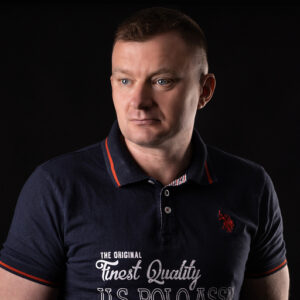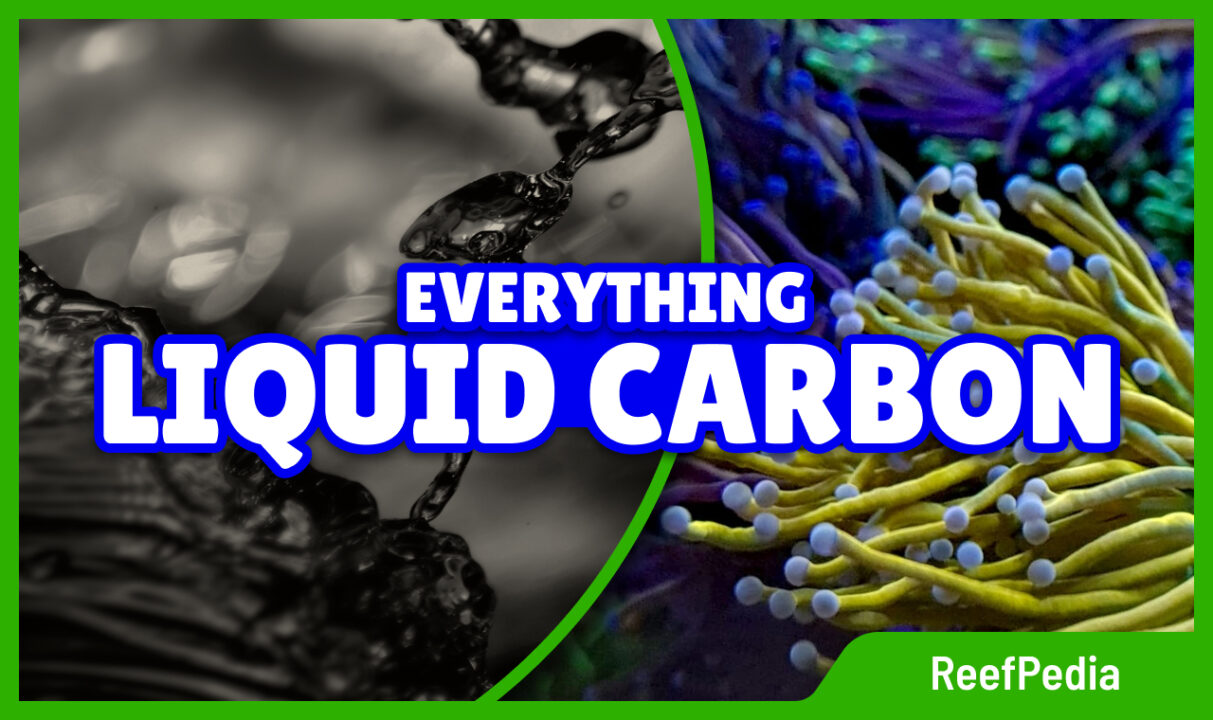You’ve probably heard more than once that someone is dosing vodka, sugar, VSV, Nitrate Phos or NO3:PO4-X or Elmini NP. Each of these substances works differently. Do you know why they do it, and what happens in the aquarium when you dose liquid carbon.
Corals have an excellent mechanism for taking up NO3 from the water. They can live in an environment with virtually no NO3. It is not that important to them.
There are specyufic bacteria in the water that have exactly the opposite mechanism to corals. That is, they capture PO4 from the water in an efficient way. With which they take phosphate out of the water.
The bacteria float in the water depths and settle around the coral polyps. The corals, with the help of the polyps, absorb the bacteria in which there is PO4.
So the PO4 is absorbed by the bacteria, which are absorbed by the corals. This process lowers the PO4 level in the marine aquarium. When the corals get this extra PO4 that they absorb along with the bacteria they start to grow. By having more polyps, NO3 and PO4 are lowered.
Liquid carbon provides food for bacteria, which proliferate and consume PO4. Corals absorb NO3 and consume bacteria containing PO4. This process allows the corals to grow at a rapid rate. The larger the corals (the more polyps they have), the more efficient this process is, and the more it is able to lower NO3 and PO4 values.
The dosage of liquid carbon should depend on the level of PO4 in the aquarium. We have to remember that if we dose a medium that stimulates bacteria to grow, and the PO4 is too low, the bacteria will not be able to multiply. In this case, the nutrient solution we dose may be consumed by other life forms for example Cyano, Dino or algae.
Therefore, when dosing liquid carbon, it is crucial to base this process on the PO4 level in the tank. If the PO4 is normal then we do not add carbon, which may lower our PO4 level. If the phosphates are too low 0.02 or lower then we add a PO4 booster. If our PO4 is too high, above 0.08 then we add liquid carbon, which will provide food for the bacteria and lower the PO4 in the tank.
Redfield index
Alfred Redfield tested a large number of seawater samples from different regions of the oceans. He found that the ratio of carbon to nitrogen to phosphorus was the same in all the samples tested.
Red and orange colours indicate cyano and algal risks.
Elemental ratios: C:N:P (carbon, nitrogen and phosphorus) as 106:16:1. This is known commonly as the Redfield-Richards Ratio.
The full article on the Redfield Index can be found here: click here
In this approach, the idea is to keep the indicated elements in the right proportion to each other. This will result in the aquarium developing in an excellent way. We should ensure that the correct amount of carbon is present in the water in relation to PO4 and NO3.
Summary
Ideally, PO4 should be measured automatically and depending on the PO4 level the appropriate liquid should be dosed.
About the author

Marek Protasewicz
Reefkeeping has been my passion for over 10 years now. I love learning. The hobby has taught me many valuable lessons, patience being the best example.
Combining work and passion is my path. I run Crazy Coral, a marine aquarium shop, for a number of years. Building this business from the scratch I learnt from my own mistakes at a heavy cost.
Later I managed a project aimed at development of methods for quick growth of Corals in non-natural conditions. The project was carried out by Get Sales, Poland.
Presently, I am responsible for distribution strategy at Reef Factory, of which I am a
co-founder. The company produces smart devices for marine aquaristics.
The last projects I have been involved in are Social Reef and ReefPedia.



